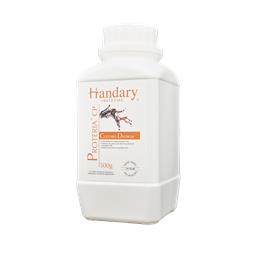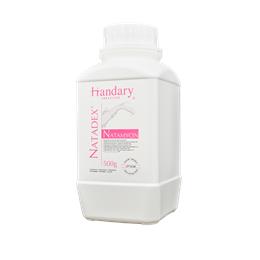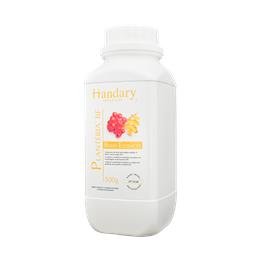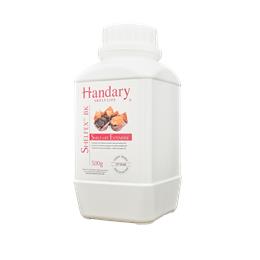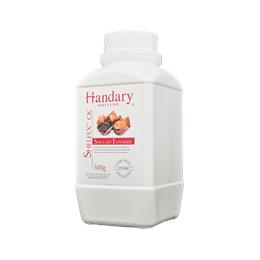Description
Cakes and pastries are two categories of baked goods that are commonly enjoyed as desserts or snacks. Cakes are typically made with flour, sugar, eggs, butter, and a leavening agent like baking powder or baking soda. They can be baked in a variety of shapes and sizes, from single-serve cupcakes to multi-layered celebration cakes. Cakes can also be flavored with a variety of ingredients, such as chocolate, vanilla, lemon, or fruit.
Pastries, on the other hand, are a category of baked goods that are typically made with flaky or puff pastry dough. Pastries can be either sweet or savory and are often filled with ingredients like fruit, cheese, or meat. Popular types of pastries include croissants, danishes, puff pastry, éclairs, tarts, and turnovers.
Both cakes and pastries can be decorated with various toppings, frostings, or glazes to enhance their flavor and presentation. They can be served on their own as a treat or as a part of a dessert spread. Cakes and pastries are enjoyed worldwide and can be found in bakeries, cafes, and restaurants around the world.
Yeasts & Molds
Yeast and molds can also be a problem in cakes and pastries, although to a lesser extent than in breads. Yeast can cause cakes and pastries to rise and develop a light, airy texture, while molds can grow on the surface of cakes and pastries, causing spoilage and discoloration.
In some cases, yeast can be intentionally added to cakes and pastries to help them rise, especially in recipes that use rich doughs like brioche or croissants. However, too much yeast can cause over-fermentation and lead to a sour taste and tough texture.
Molds can grow on cakes and pastries that are not stored properly, especially those that are moist and contain sugar. The growth of molds can be prevented by storing cakes and pastries in a cool, dry place and by avoiding exposure to moisture. Additionally, the use of preservatives can help to inhibit the growth of molds in cakes and pastries.
Crumb Staling
Crumb staling is also a common problem in cakes and pastries. Staling occurs when the starch molecules in the cake or pastry start to re-crystallize, leading to a loss of moisture and a hardening of the crumb.
Several factors can contribute to crumb staling in cakes and pastries, including the amount and type of sugar used, the ratio of liquid to flour, the presence of fat, and the storage conditions. To prevent crumb staling, bakers may use ingredients like corn syrup or honey to retain moisture in the cake or pastry. Adding fat, such as butter or oil, can also help to keep the crumb moist.
Proper storage can also help to prevent crumb staling in cakes and pastries. These products should be stored in airtight containers at room temperature or in the refrigerator, depending on the type of cake or pastry. Some cakes, like sponge cakes, may need to be stored in the refrigerator to prevent spoilage, while others, like pound cake, may be stored at room temperature.
 English
English 简体中文
简体中文 Français
Français Español
Español
